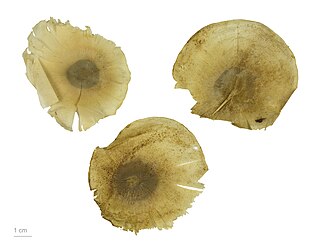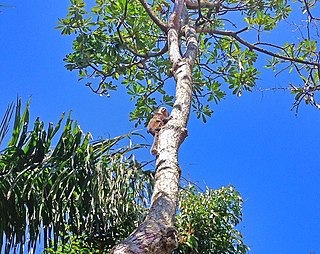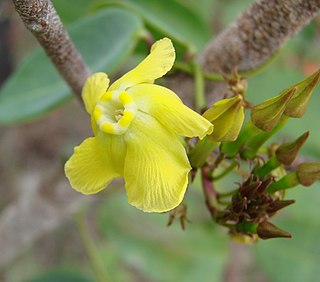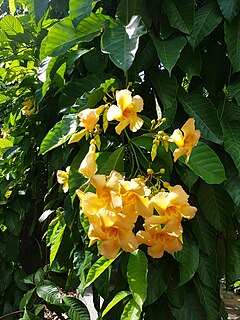
| Couma | |
|---|---|
| Scientific classification | |
| Kingdom: | Plantae |
| Clade: | Tracheophytes |
| Clade: | Angiosperms |
| Clade: | Eudicots |
| Clade: | Asterids |
| Order: | Gentianales |
| Family: | Apocynaceae |
| Subfamily: | Rauvolfioideae |
| Tribe: | Willughbeieae |
| Subtribe: | Lacmelleinae |
| Genus: | Couma Aubl. |
| Synonyms [1] | |
CollophoraMart. | |
Couma is a genus of flowering plants in the family Apocynaceae first described as a genus in 1775. It is native to South America and Central America. [1]
- Species [1]
- Couma catingae Ducke - Colombia, Venezuela, Guyana, NW Brazil
- Couma guianensis Aubl. - Pará, the Guianas
- Couma macrocarpa Barb.Rodr. - widespread from Belize to Bolivia
- Couma rigida Müll.Arg. - Venezuela, Guyana, N Brazil
- Couma utilis (Mart.) Müll.Arg. - Colombia, Venezuela, NW Brazil






